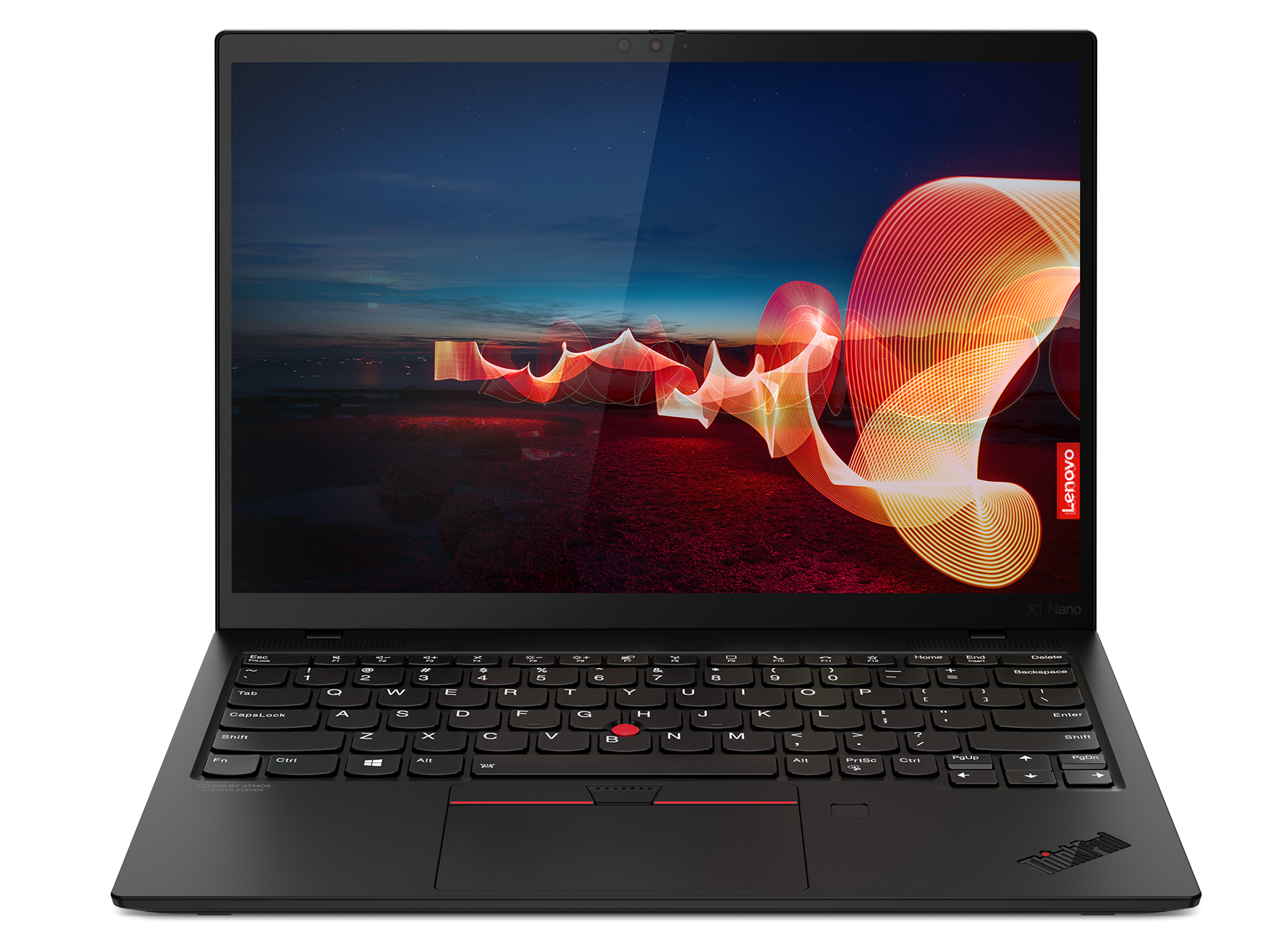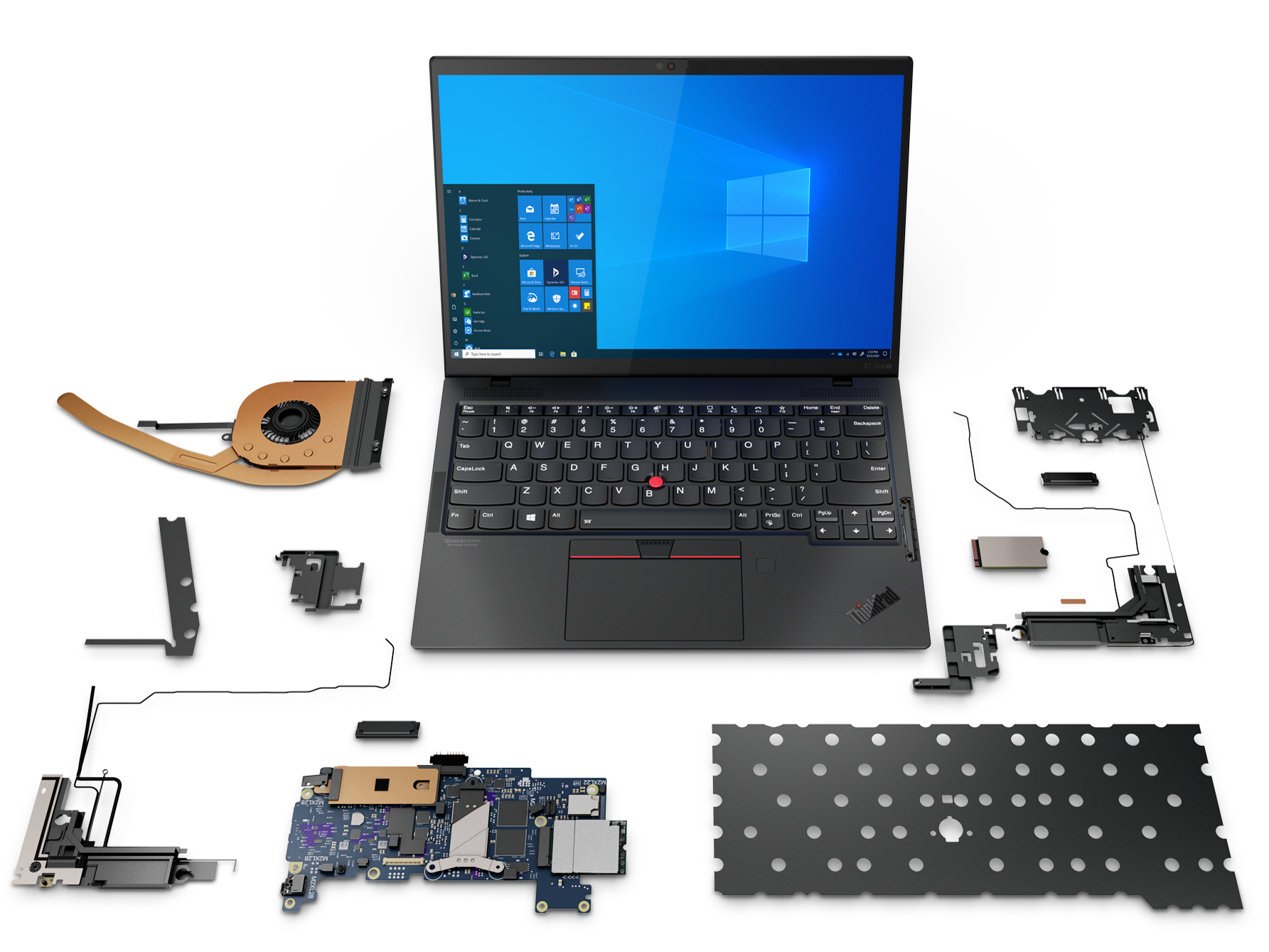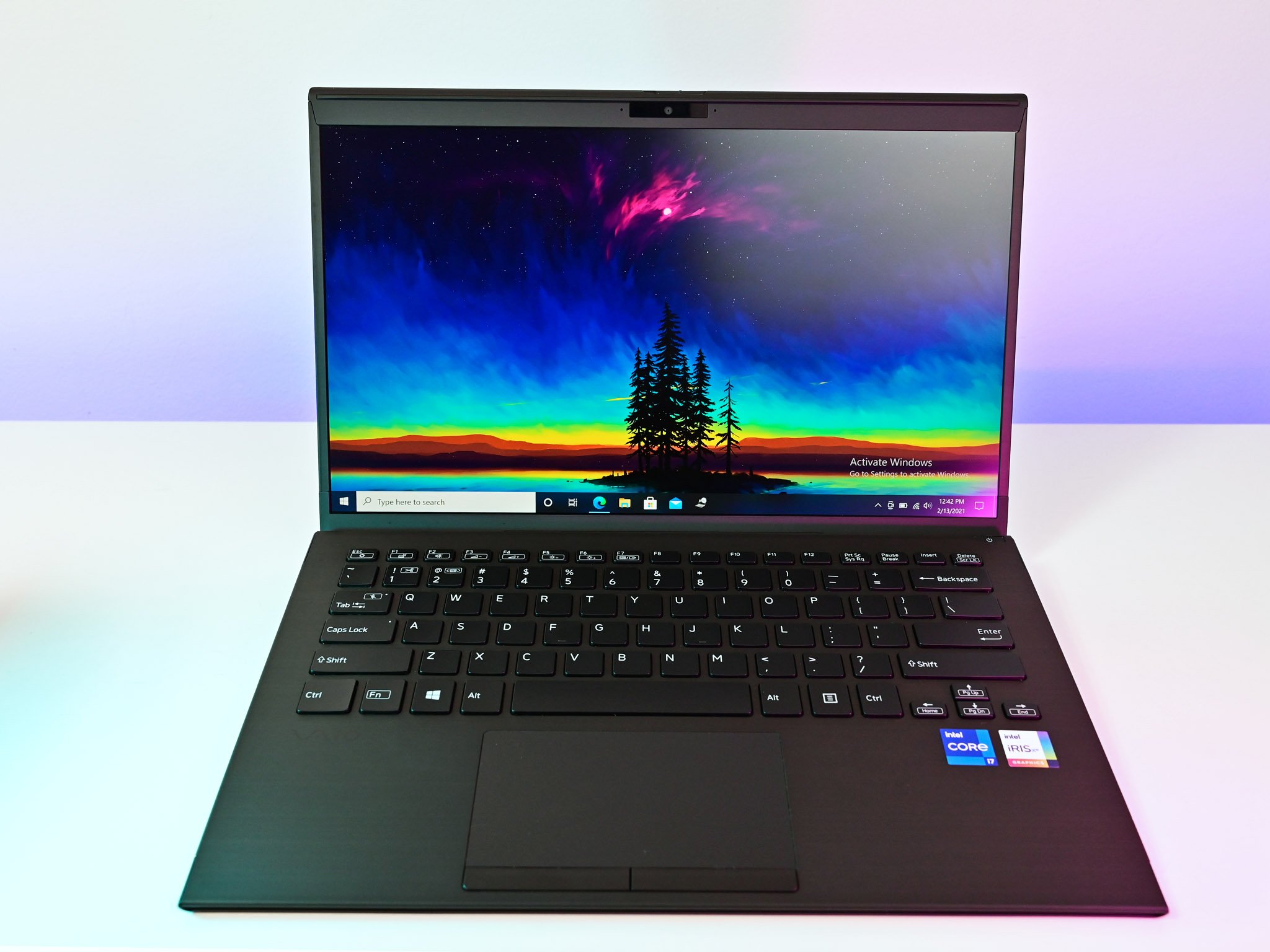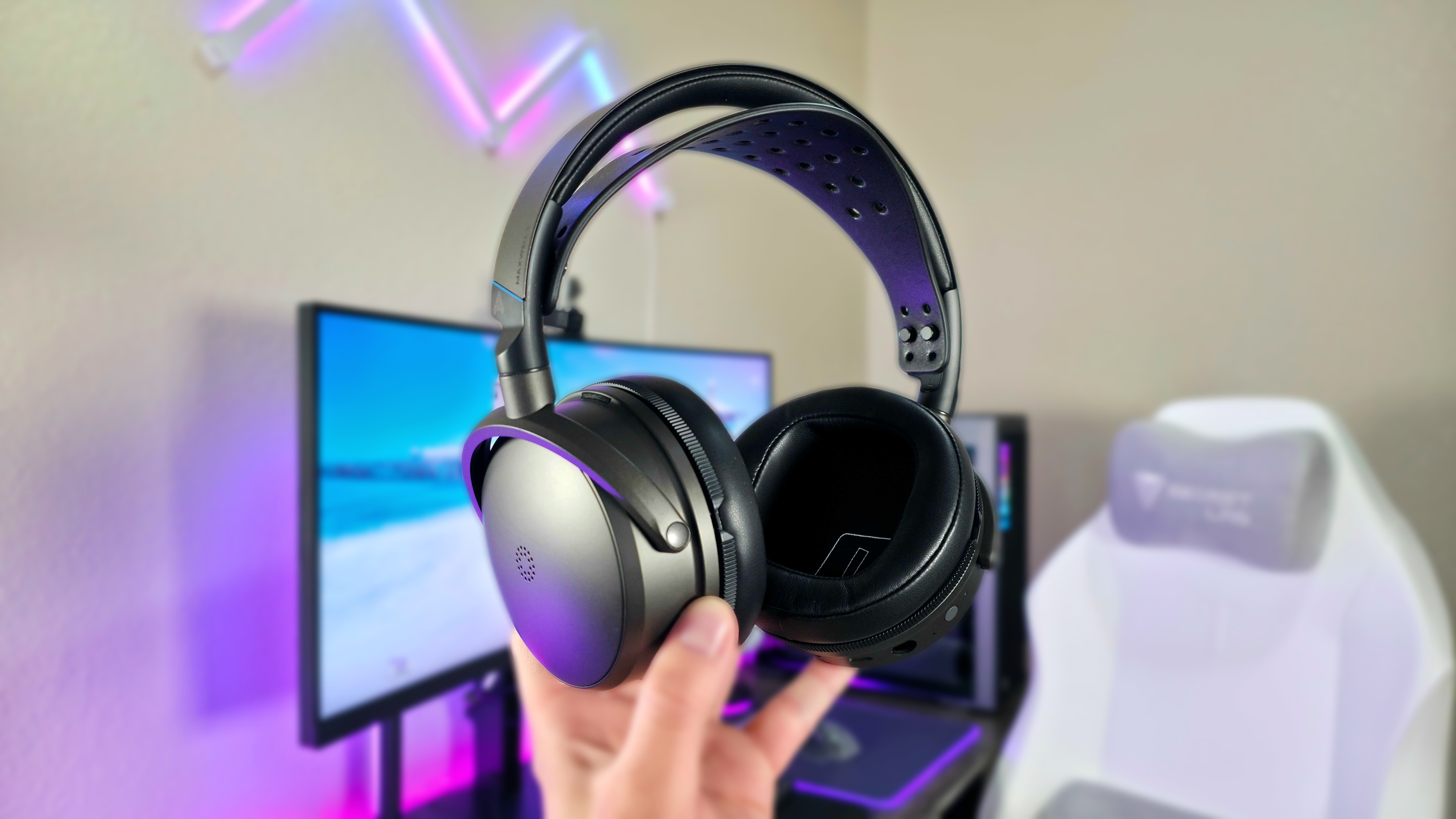
What is human presence detection and why does your laptop need it?
What is human presence detection?
Human presence detection (HPD) is a feature that is becoming ever more prevalent in modern laptops. It might be called something different depending on the manufacturer — HP calls it "Presence Aware," for example — but the end effect remains the same. Your laptop can sense when you're sitting or standing in front of it, and it can sense when you walk away.
Dell's Latitude 7400 2-in-1 was the world's first commercial laptop to employ this feature. Dell calls the platform ExpressSign-In, which is based on Intel's Context Sensing Technology. Together with an IR camera and Windows Hello, ExpressSign-In (or any other HPD alternative) provides users with immediate and touch-free Windows 10 logins when the laptop is in Standby mode. Just walk up to or sit down at your laptop, and you'll be signed in quickly and securely.
In most cases, HPD doesn't stop working while you're at your PC. As long as it senses your presence nearby, it will keep the laptop awake. If you walk away from your laptop, it will lock your device after a set amount of time. Perhaps most importantly, an HPD sensor can only tell that there's someone there, but it can't tell who it is. That part is left up to a Windows Hello IR camera.
While Dell introduced HPD to many of us with its ExpressSign-In technology on the Latitude line, other major manufacturers haven't been far behind. The HP EliteBook x360 1040 G7 is notably equipped with Presence Aware. It has a time-of-flight (ToF) sensor that notes your presence without requiring a camera to be on all the time, something most security-minded folks can appreciate. The VAIO Z also has a ToF sensor for HPD.
Some of Lenovo's latest X-series ThinkPads, including the X1 Yoga, X1 Carbon, and X1 Nano, are employing a NOVELDA human presence sensor. No matter what it's called, it all achieves the same end goal.
Presence detection is tied heavily to Intel's 11th Gen Core processor (CPU) series, and we expect to see plenty more of the best Windows laptops in the near future shipping with the feature.
Why do you need human presence detection?
Human presence detection isn't required for Windows Hello or for the normal operation of your laptop. It's simply another feature that makes using a Windows laptop that much more intuitive.
All the latest news, reviews, and guides for Windows and Xbox diehards.
Along with the convenience of having your laptop ready to go before touching anything, HPD boosts security by locking your laptop when you move away from it. This isn't a huge deal if you work from home, but if you work in an office or some public setting, having your PC lock automatically can save you from a potential security headache.
In most cases, those who don't need the extra feature or those who aren't comfortable with the sensor can remove a laptop's HPD ability through accompanying software.

Super light but powerful
Lenovo's brand-new ThinkPad X1 Nano is a two-pound Ultrabook with up to an 11th Gen Core i7, 5G, a 2K 16:10 display, and presence detection that makes this one smart laptop. The quoted 17 hours of battery life is not bad either.

Cale Hunt brings to Windows Central more than nine years of experience writing about laptops, PCs, accessories, games, and beyond. If it runs Windows or in some way complements the hardware, there’s a good chance he knows about it, has written about it, or is already busy testing it.



